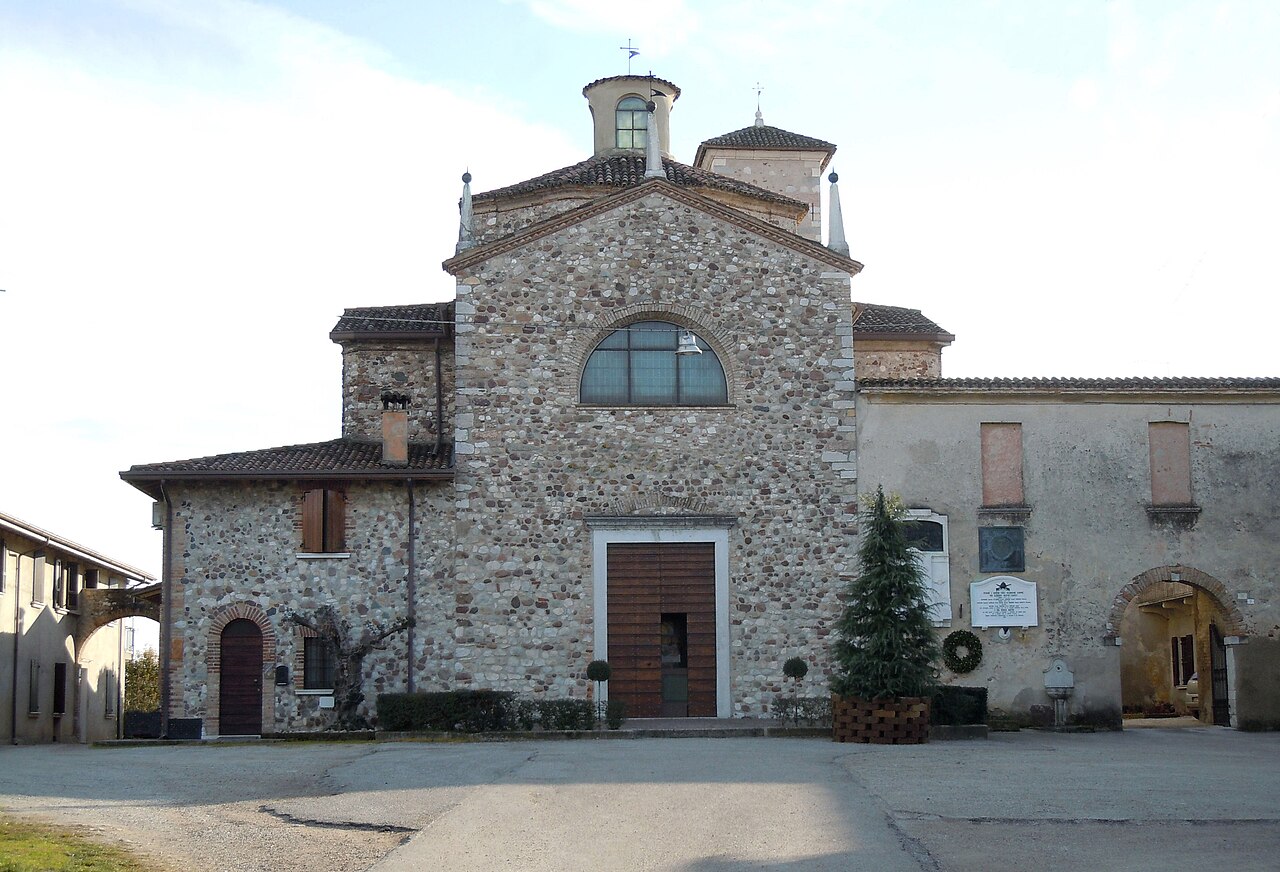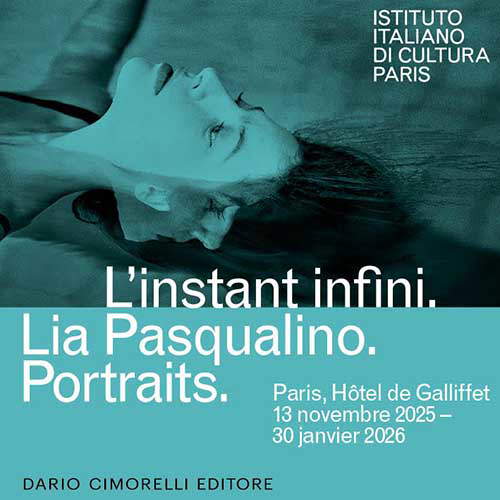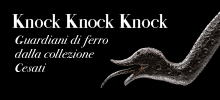
Lonato del Garda, 10 treasures to discover on the shores of the Lake
From the majestic Visconti-Venetian fortress to the ancient Roman furnaces, passing by house-museums rich in knowledge and centuries-old churches: a fascinating journey to discover the hidden gems of beautiful Lonato del Garda, where every corner tells centuries of history and art.
By Redazione | 18/09/2025 12:16
Lonato del Garda, a charming town with ancient roots, is revealed in the immediate Brescian hinterland of Lake Garda. With a history spanning as many as seven thousand years, this place offers an almost uninterrupted sequence of cultural evidence ranging from the remotest past to the present day. Its location has shaped an area rich in charm and points of interest. To stroll through the streets of Lonato is to walk through centuries of events, from the Visconti and Venetian splendors that have left indelible imprints on its fortifications, to the Roman influences that have shaped its artisanal fabric.
Visiting Lonato del Garda is a continual discovery: from the views of the Lower Garda from the walls of the Rocca, where the Fondazione Ugo Da Como, which manages the Casa del Podestà with its museum and rich library with thousands of ancient books, is based, to the discovery of unique ornithological collections, passing through the parish churches and churches of the area. Every element, from the majestic coffered ceilings of historic buildings to the details of the ancient Roman kilns where bricks were made, helps define the identity of this extraordinary place and invites slow and conscious discovery. So here is an itinerary with ten places to visit in Lonato del Garda.
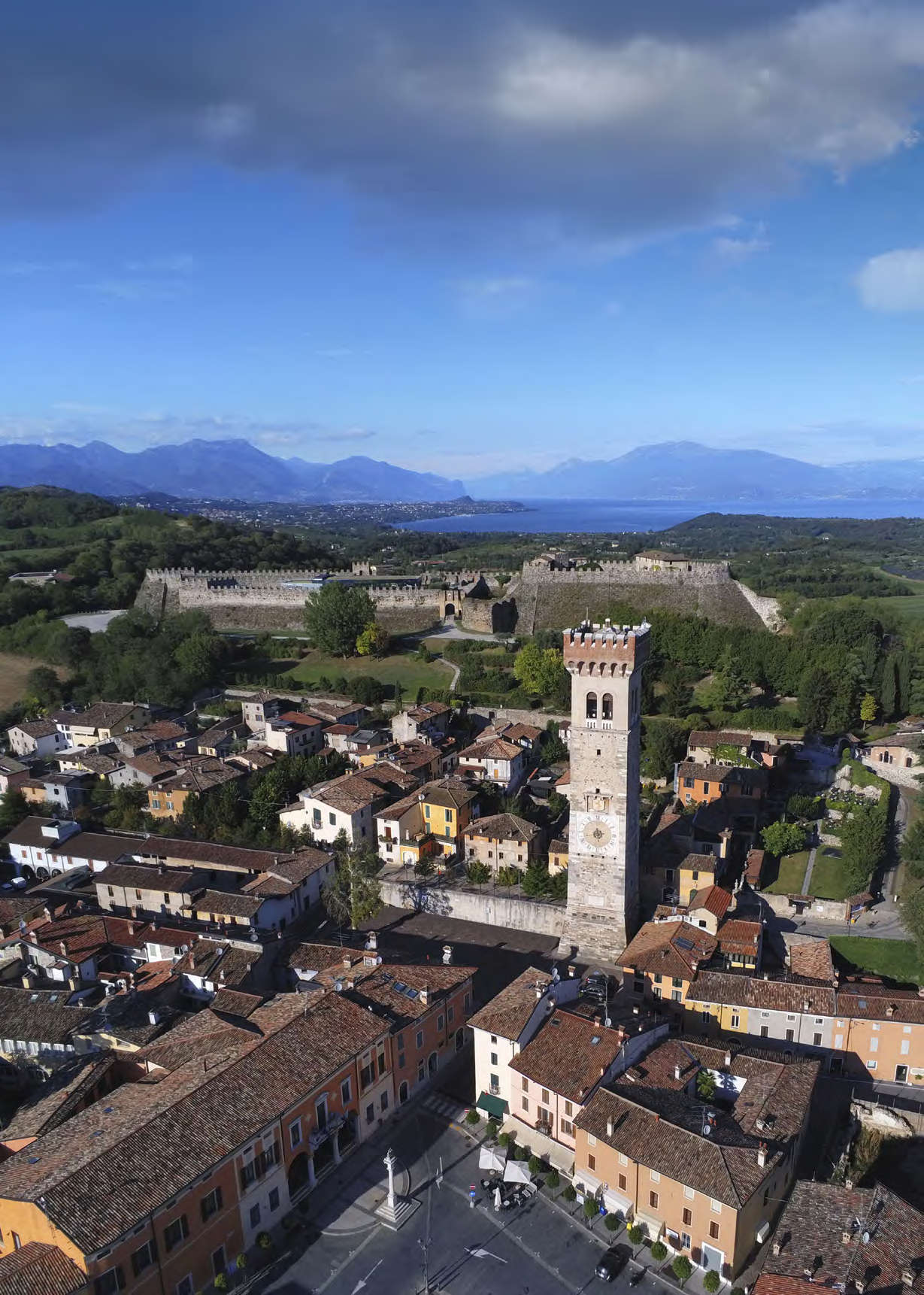
1. The Rocca Visconteo-Veneta: guardian of history and art
The unmistakable symbol of Lonato del Garda is its imposing Rocca Visconteo-Veneta, one of the largest fortifications in Lombardy. Erected on the "della Rova" hill, it offers unparalleled views of the Lower Garda and the surrounding moraine landscape, and also interested Napoleon Bonaparte because of its strategic location. Its origins date back to the early Middle Ages, but it was the Visconti family in the 14th and 15th centuries that gave it the grandiose appearance we still admire today. The brick bulwark at the entrance was added by the Gonzagas in 1426, and the fortress was further strengthened by the Venetians starting in 1440 for the defense of the territory. These ancient walls have witnessed countless historical events, including sieges by figures such as Niccolo Piccinino and the decisive Napoleonic battles of 1796, which saw Bonaparte's army and Austrian troops clash on its slopes. After a period of decline, the fortress was declared a National Monument in 1912. In 1920, Senator Ugo Da Como purchased it and began a meticulous restoration. Upon his death, the Rocca became an integral part of the monumental complex of the Ugo Da Como Foundation, which he established in 1942 with the aim of promoting culture.
Today, visitors can walk through the entrance with the drawbridge and the rampart, where the Lion of St. Mark stands out. Inside, one can walk through the remains of the military quarters, discover the keep and the Rocchetta, the oldest section, from which there are views of the village and the plain. The Captain's House, inside the Rocca, houses an immersive room with extraordinary images of Garda. Its large park, with olive groves and vineyards, is part of the Great Italian Gardens. The Rocca is also a cultural center: in 2025 it became the venue for the awards ceremony and exhibition of the finalists of the Nocivelli Prize, a contemporary art competition reserved for young Italian artists.
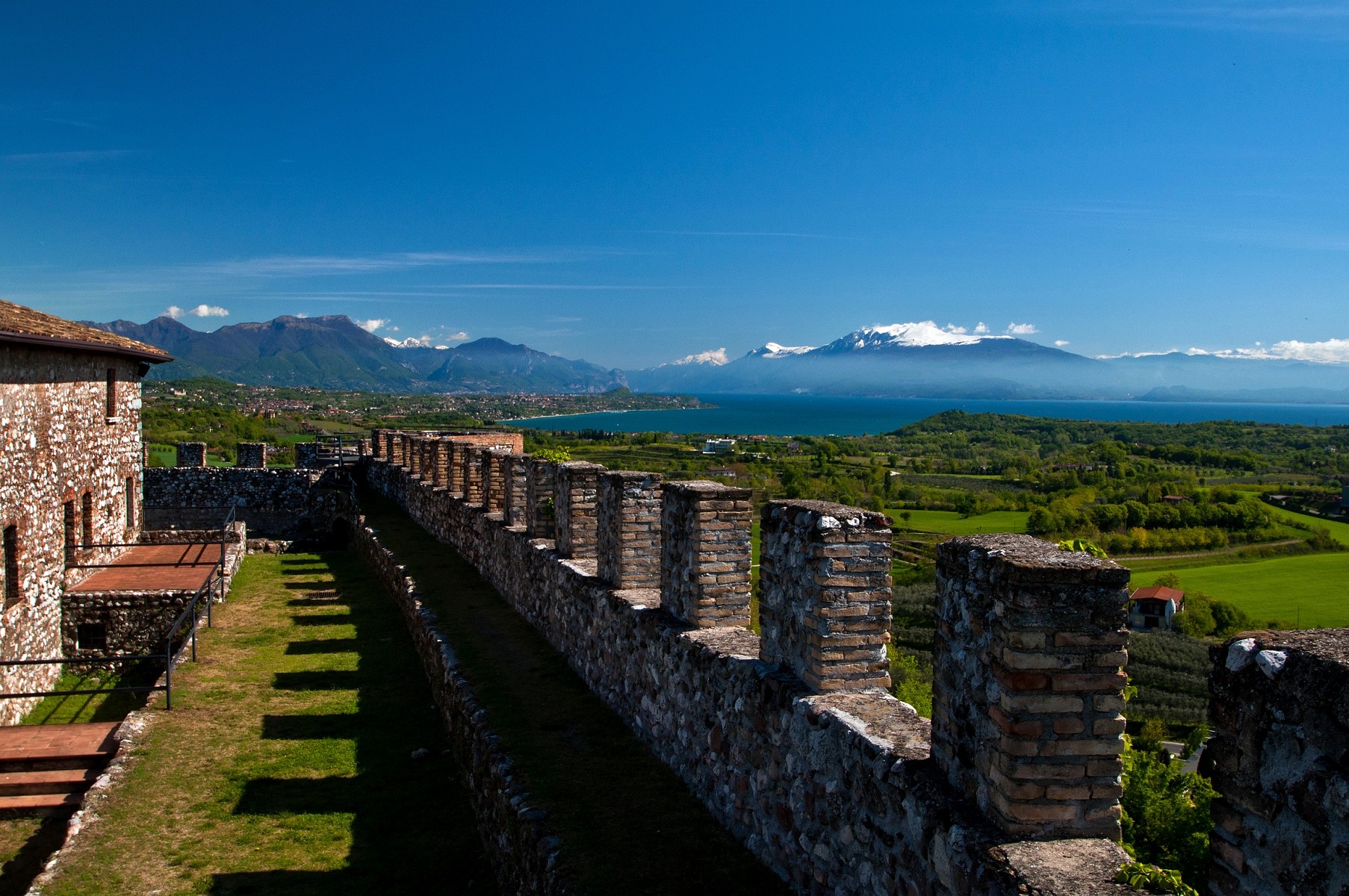
2. The Casa del Podestà and the Ugo Da Como Foundation Library: a treasure chest of knowledge and art
Adjacent to the Rocca, the Ugo Da Como Foundation complex includes the Casa del Podestà, a fascinating house-museum recognized as a National Monument since 1912. This 15th-century building was acquired in 1906 by Senator Ugo Da Como, who made it his home and the center of his art and book collections. Restored by architect Antonio Tagliaferri, the house was repurposed in Renaissance style. Da Como conceived it as a "private museum," with the intention of promoting studies and the love of knowledge.
Inside, more than twenty rooms preserve intact the rich art collections and antique furnishings, offering valuable evidence of upper-class taste between the 19th and 20th centuries. Prominent among the works are paintings, sculptures, wooden furniture and majolica. Of particular interest are the three monumental fresco tears by Girolamo Romanino, depicting Captains of Fortune, that adorn the Entrance Gallery. The collection also includes Lombard-Venetian artifacts and a section devoted to the history of Brescia and Garda. Important 15th-century coffered ceilings, salvaged from patrician palaces, embellish some rooms.
The real feather in the cap, however, is the private library, considered one of the most significant in Italy. Senator Da Como, a tireless bibliophile, kept more than 52,000 volumes there: manuscripts, illuminated codices, hundreds of incunabula, thousands of cinquecentine, bibliographical rarities and precious items such as the autographs of Ugo Foscolo. For this collection, in 1923, Da Como had a Renaissance-style building erected, externally evoking a small church, transformed into a kind of "holy place" for books.

3. The Basilica of San Giovanni Battista: the Baroque masterpiece in the heart of the village
The Basilica of San Giovanni Battista is the main place of worship in Lonato del Garda and its parish church. Its roots date back to a collegiate parish church of 1145, and the present imposing Baroque building with a Latin cross plan was built between 1738 and 1762, designed by architect Paolo Soratini, and then consecrated in 1780.
The Botticino marble facade is adorned with columns and statues of saints, while the large eight-vaulted dome, also by Soratini, culminates in a gilded statue of the titular saint. Inside, thirteen side and transept altars house numerous works of art, mainly from the Venetian school. Notable among these are the high altarpiece, St. John Presenting Christ to the Crowd by Giambettino Cignaroli (1749-1751), and the canvas on the first altar to the right, a Madonna with St. Nicholas of Tolentino and an offertory from 1643, commissioned as an ex voto for the plague of 1630. Also worth seeing are works by Pietro Liberi, Paolo Farinati, Teodoro Benedetti, Pietro Marone, and Pietro Perotti, and above all, in the sacristy, the splendid triptych of the Resurrection painted in 1528 by Bernardino Licinio, one of the great masters of the 16th-century Veneto. In 1980, the church was awarded the title of minor basilica by Pope John Paul II.
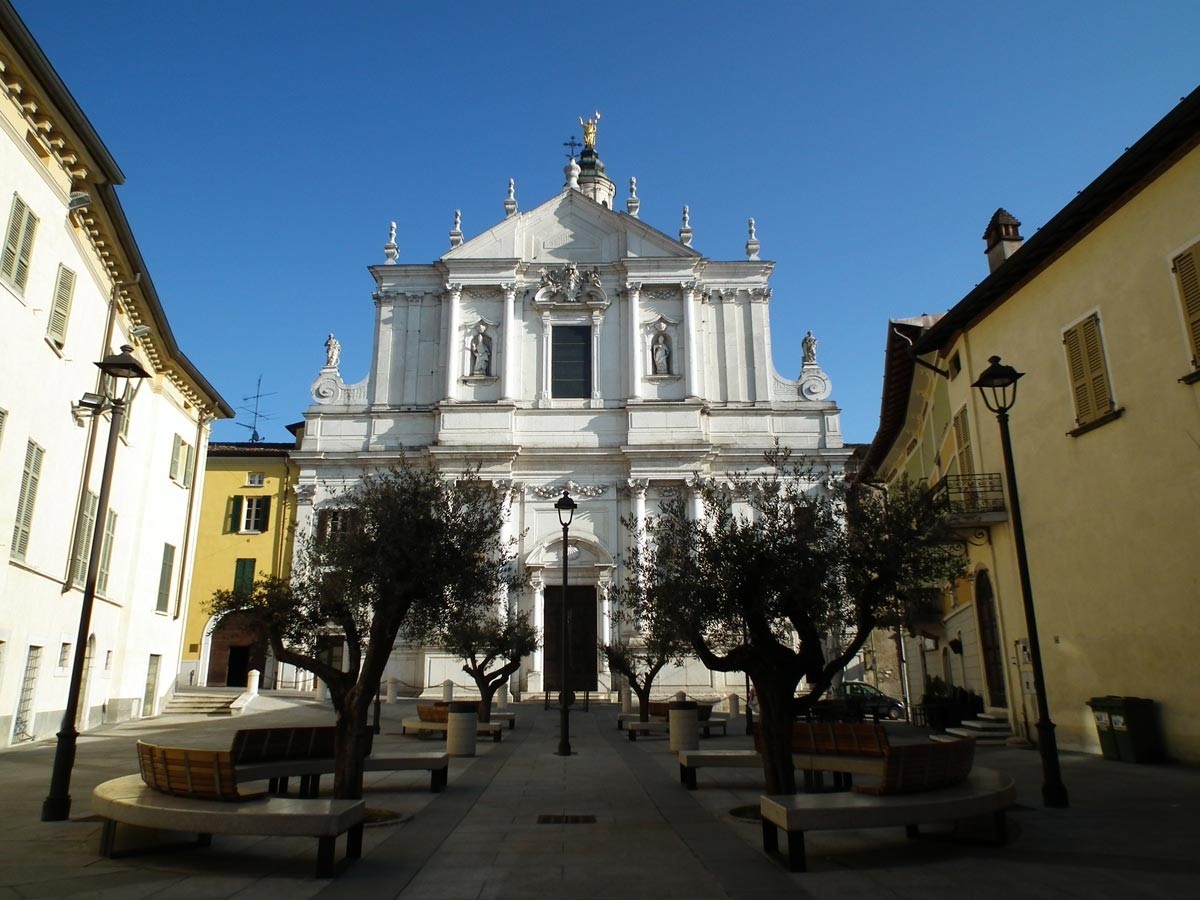
4. The Roman Furnaces: a unique archaeological site in the Lower Garda area
The Roman Furnaces in Lonato del Garda are an artisanal district, dated to the 1st-2nd centuries AD, that represents a unique testimony to the production of bricks in the period of the Romanization of Garda. The original complex included six kilns of different sizes, essential for the manufacture of building materials. The presence of clay, water, and timber, all of which were abundant in the area of the Garda morainic amphitheater, was decisive for the existence and prosperity of this production hub, so much so that a kiln continued to operate in the same area into the 14th century.
The archaeological site, located at Fornaci dei Gorghi, is managed by the Municipality of Lonato del Garda and can be visited. The Roman Furnaces offer a rare opportunity to understand construction methods and the organization of work in Roman times.
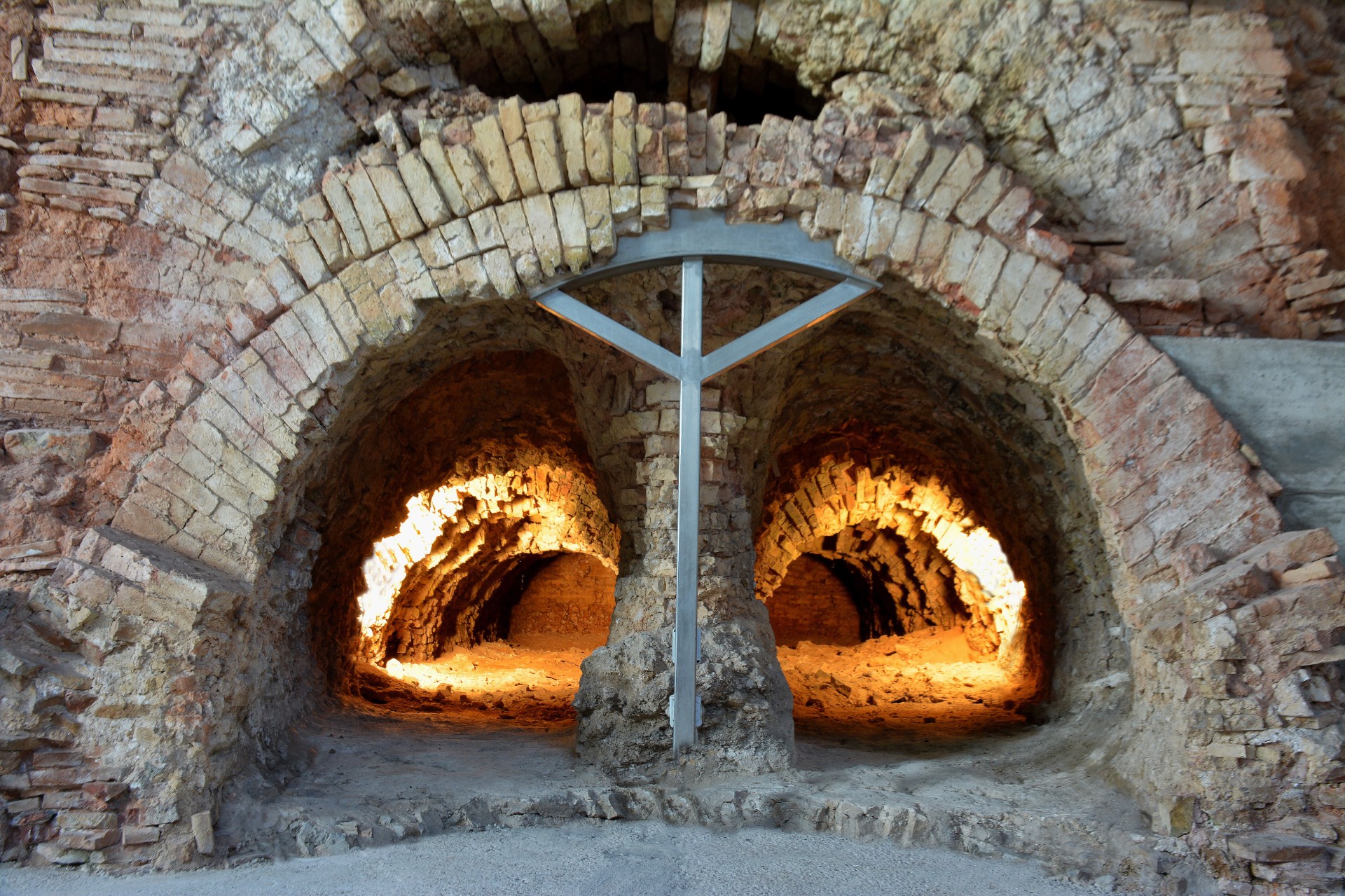
5. The Palazzo Comunale: the civic and artistic heart of Lonato
The Town Hall of Lonato del Garda, in Piazza Martiri della Libertà, represents the civic heart of the town, a historic building built in the early 1600s and restored in the 1800s. Its gem is the Sala del Consiglio Comunale, accessible through a vaulted portico. This room houses an impressive altarpiece by 17th-century painter Andrea Celesti, commissioned as an ex voto for the end of the terrible plague of 1630. The work, damaged in 1767 with a horizontal cut, was restored in 1970 by the painter Bragantini.
In the center of the square, the white marble Venetian Column, surmounted by the Lion of St. Mark, is an obvious symbol of Venice's long rule over Lonato. This Marcian presence, also traceable in the Rocca, underscores the strategic and cultural importance that Lonato held for the Serenissima. The Palazzo Comunale, therefore, is not just an administrative center, but a place that embodies the history, art, and identity of Lonato del Garda.
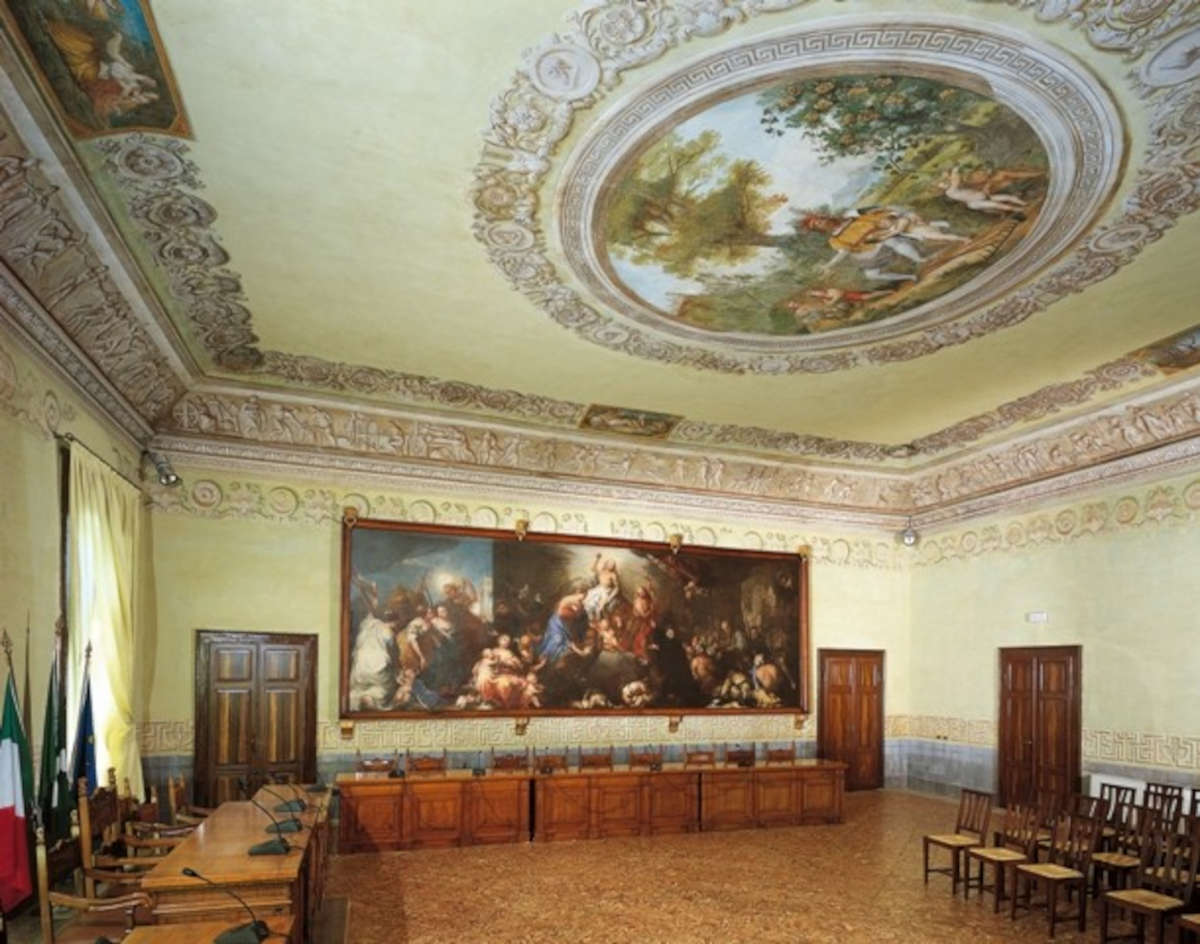
6. The church of the Beata Vergine del Corlo: a church with a long history
Located north of the historic center of Lonato del Garda, in the characteristic neighborhood known as borgo Corlo, the church of the Beata Vergine del Corlo is a precious architectural and spiritual testimony that has its roots in the 14th century. This sacred building, of considerable historical and artistic importance, was granted for use in 1550 to the Confraternita dei Disciplini, a lay association that was actively involved in its preservation and enrichment.
Under the management of the Confraternity, the church experienced a period of great artistic flourishing. In 1576 work began on the construction of the bell tower, a significant work that was completed eleven years later, in 1587, and still characterizes its profile today. For more than two centuries, members of the confraternity adorned the building with a large number of valuable paintings and statues, turning it into a veritable treasure trove of sacred art. The church's history underwent an important turning point in 1797, when the Confraternities were suppressed and the Cisalpine Republic seized its property. Ownership of the church thus passed to the Hospital, on which it still depends today.
Externally, the church features a 16th-century portal, an element of considerable historical-artistic value, and a long staircase leading to the main entrance. The interior features a simple and harmonious rectangular nave that leads to a large chancel. Through the chancel is access to the choir, a space traditionally reserved for the celebrants. On either side of the nave are chapels dedicated to St. Michael (with paintings by Pietro Marone) and the Holy Trinity. On the right, it is possible to visit the artistic heart of the temple, the little room of the Sepulchre, a particularly striking room where a precious 16th-century wooden group is kept, a work sculpted by Valentino Bosini and painted by Pietro Bagnadore, with statues depicting the Dead Christ, the Madonna, St. John and the Holy Women.
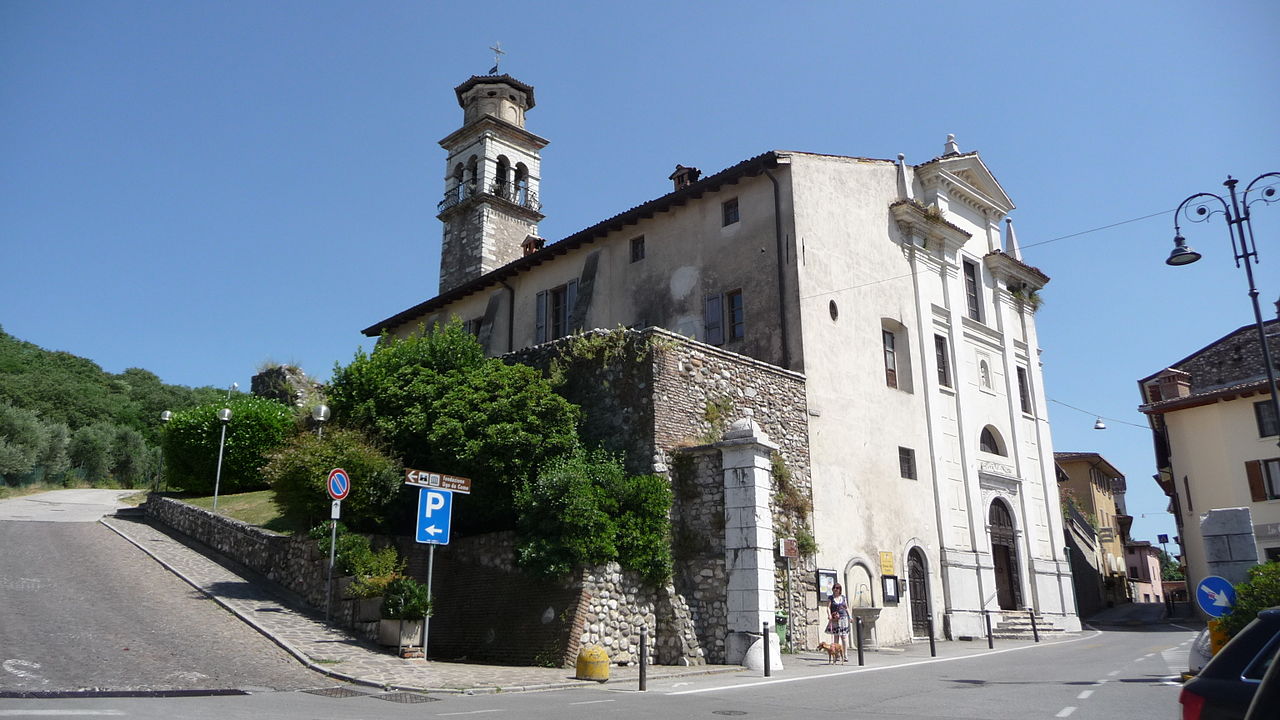
7. The Sanctuary of Our Lady of San Martino: faith, apparitions and ancient roots
Lonato del Garda is home to the Shrine of Our Lady of San Martino, erected in the 17th century following a Marian apparition that gave rise to devotion to the Blessed Virgin of San Martino. Its construction, although interrupted by the plague of 1630, was later resumed and completed, testifying to the community's deep faith.
Opposite the present sanctuary stands the ancient church of San Martino, an original building dating from the 7th to the 8th century, now integrated into the farmstead of the same name. Archaeological investigations by the Soprintendenza Archeologica della Lombardia revealed an interesting historical stratification. Initially, between the 7th and 8th centuries, it was a modest single-nave apsidal funerary oratory with cemetery functions. Between the late 8th and 9th centuries, a much larger church with three apses was built. Later, perhaps in the 13th century, the church was reduced in form and rebuilt with moraine cobblestones, presenting a single nave and atypical single lancet windows. This architectural simplification has been traced to a reduction in its functions, probably following its transfer to the dependencies of the archpriest of Lonato, as attested by a papal bull of Lucius III in 1184. The shrine and its ancient church represent a site of great historical-religious value, offering an insight into the devotion and architectural evolutions of the Lonato area through the centuries.

8. The Pieve di San Zeno: an ancient Romanesque guardian outside the village
The Pieve di San Zeno stands on an isolated hill, just outside Lonato del Garda, and reveals a history dating back thousands of years. Its present structure dates back to the 14th century, but the masonry shows a complex stratification with two building phases in the Romanesque period. Its location was strategic among the settlements of the 10th-11th centuries.
Historical documents mention it as early as 1154, when Pope Anastasius IV confirmed its ownership to Bishop Tebaldo of Verona. In 1184, Pope Lucius III assigned it to archpriest Richard, along with the "castrum vetus" attached to it, of which only traces of masonry remain today. The building has a single nave, a semicircular apse on the east and a gabled facade on the west. Its four building phases include an early phase within the 11th century, an extension and elevation with rebuilding of the apse in the mid-12th century, and the later addition of the sacristy. The masonry shows large stones in the lower parts and smaller ones in the upper parts, and iron-gray sandstone prevails in the apse. On the north side, two walled doors are noted, one with a monolithic lunette and raised cross, the other with a monolithic lintel. The interior, although renovated and with modern floor and plaster, retains stone stoups and space marked by three transverse arches.
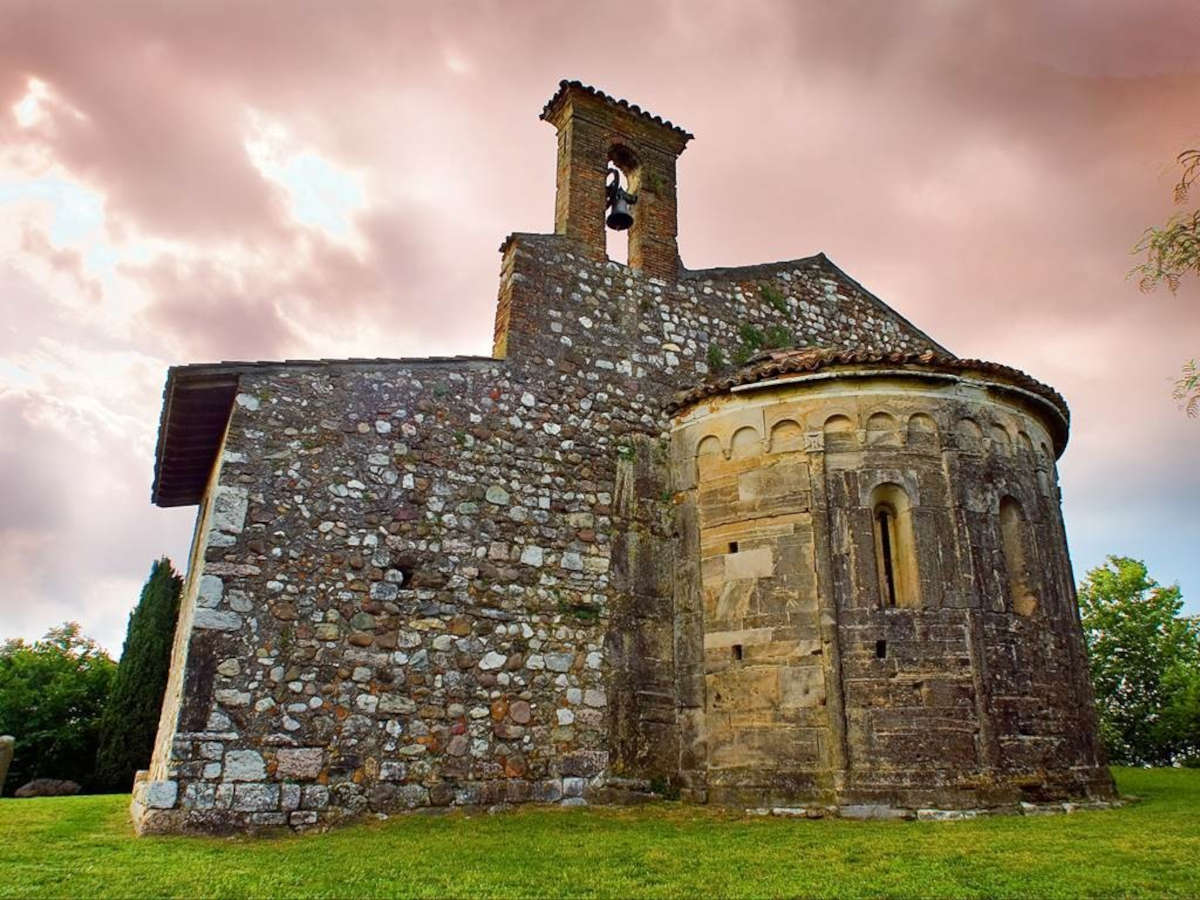
9. The "Gustavo Adolfo Carlotto" Civic Ornithological Museum: a journey through the Italian avifauna
Inside the Captain's House, part of the Lonato Fortress, the "Gustavo Adolfo Carlotto" Civic Ornithological Museum offers an educational and fascinating experience dedicated toItalian avifauna. The collection was created in the early 20th century by Gustavo Adolfo Carlotto (1886-1970) and includes an almost complete representation of the birds of Italy. The specimens, stuffed by Marco Gianese, were acquired by the City of Lonato and have been on display since 1996.
The museum is housed in four rooms on the mezzanine floor of the House. The exhibit is organized with specimens grouped in twelve showcases that reproduce the different habitats: woodland, mountain, Mediterranean, rural, urban, brackish and freshwater wetlands, and migratory birds of Lake Garda. Each species is accompanied by a caption card with Italian, scientific name and main information, supported by contextual illustrations. Special sections enrich the visit. "Rarities" show birds that occasionally appear in Italy, usually due to exceptional weather events. The Ugo Da Como Foundation manages this heritage, offering educational tours and guided tours to explore the biodiversity and evolutionary adaptations of birds.
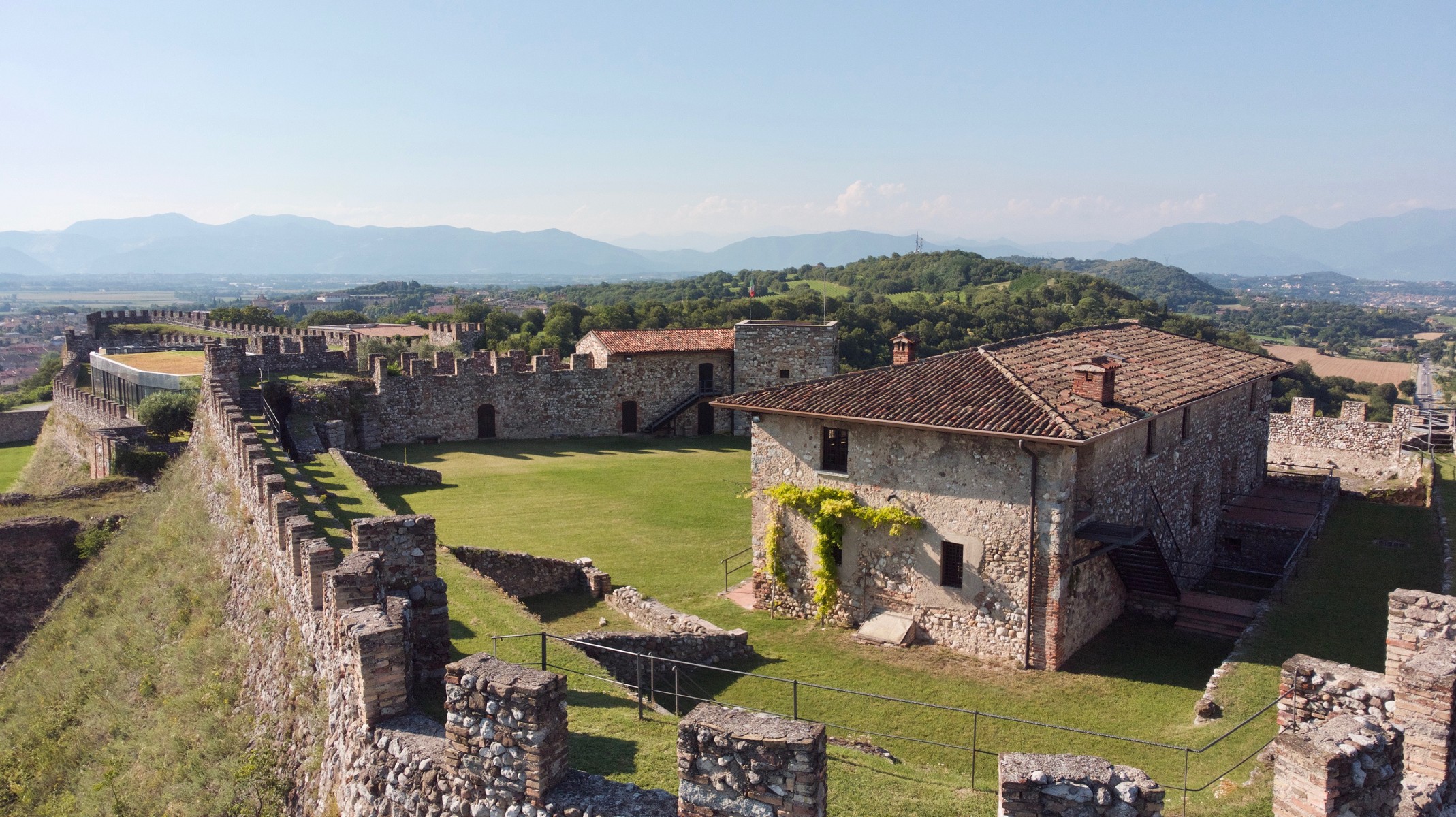
10. The Sanctuary of the Madonna della Scoperta: between history, legend and memories of the Risorgimento
Located along the street of the same name, the Sanctuary of the Madonna della Scoperta holds a fascinating history that mixes ancient roots and an evocative legend. Its existence is first documented in 1163 as the church of Santa Maria. Its origins are marked by a traumatic event: in 1201, soldiers destroyed both the ancient church of Santa Maria degli Angeli and the adjacent Convent of Santa Maria di Fontana Coperta, the name that once identified the entire locality. After these devastations, the sacred building was faithfully rebuilt in 1602, maintaining the same dedication and dimensions as the previous structure.
It was in the early 18th century that the church acquired the name "Our Lady of the Discovery," a name derived from an extraordinary, almost miraculous episode. Legend has it that in medieval times, a much revered painting depicting Our Lady mysteriously disappeared from the Monastery's small church, believed to have been stolen and then forgotten for some five hundred years. Around 1700, two children happened to spot the edge of a frame emerging from the ground. Once freed from the soil, a painting of the Virgin appeared, with the colors still vivid and intact. Such was the joy and amazement that the episode was immediately proclaimed a miracle, and it was believed to be the very old icon that had disappeared centuries earlier. This discovery gave the new name to both the church and the surrounding district.
Although later analysis revealed that the work dates back to the 16th century and not the Middle Ages, its exceptional state of preservation after such a period of oblivion remains an astonishing fact. Today, this precious painting is displayed inside the small sanctuary, visible to worshippers and visitors. Around the church, the historical context is enriched with an additional dimension: there are stones and plaques placed there commemorating the historic battle of Solferino and San Martino, fought not far from here on June 24, 1859: the shrine itself was at the center of an episode, an assault, that was also depicted in one of Giovanni Fattori's most famous battle paintings, The Assault on the Madonna della Scoperta, also known as An Episode of the Battle of San Martino.
